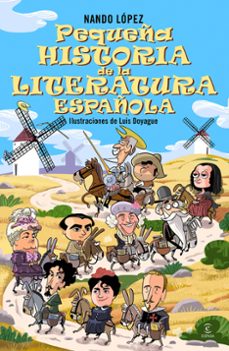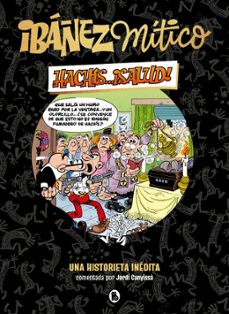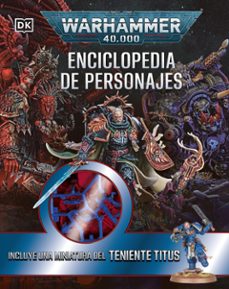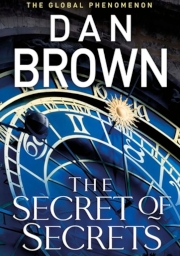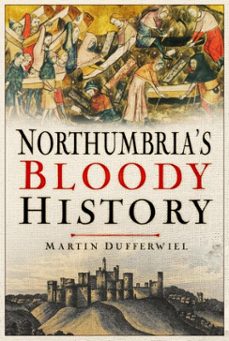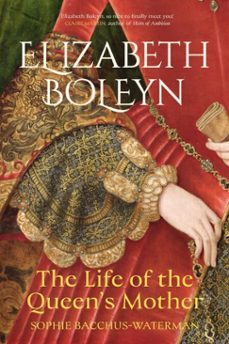Imprescindibles
Ficción
No Ficción
Ciencias y tecnología Biología Ciencias Ciencias naturales Divulgación científica Informática Ingeniería Matemáticas Medicina Salud y dietas Filología Biblioteconomía Estudios filológicos Estudios lingüísticos Estudios literarios Historia y crítica de la Literatura
Humanidades Autoayuda y espiritualidad Ciencias humanas Derecho Economía y Empresa Psicología y Pedagogía Filosofía Sociología Historia Arqueología Biografías Historia de España Historia Universal Historia por países
Infantil
Juvenil
#Jóvenes lectores Narrativa juvenil Clásicos adaptados Libros Wattpad Libros Booktok Libros de influencers Libros de Youtubers Libros Spicy Juveniles Libros LGTBIQ+ Temas sociales Libros ciencia ficción Libros de acción y aventura Cómic y manga juvenil Cómic juvenil Manga Shonen Manga Shojo Autores destacados Jennifer L. Armentrout Eloy Moreno Nerea Llanes Hannah Nicole Maehrer
Libros de fantasía Cozy Fantasy Dark academia Hadas y Fae Romantasy Royal Fantasy Urban Fantasy Vampiros y hombres lobo Otros Misterio y terror Cozy mistery Policiaca Spooky Terror Thriller y suspense Otros
Libros románticos y de amor Dark Romance Clean Romance Cowboy Romance Mafia y amor Romance dramatico Romcom libros Sport Romance Otros Clichés Enemies to Lovers Friends to Lovers Hermanastros Slow Burn Fake Dating Triángulo amoroso
Cómic y manga
Novela gráfica Novela gráfica americana Novela gráfica europea Novela gráfica de otros países Personajes, series y sagas Series y sagas Star Wars Superhéroes Cómics DC Cómics Marvel Cómics otros superhéroes Cómics Valiant
eBooks
Literatura Contemporánea Narrativa fantástica Novela de ciencia ficción Novela de terror Novela histórica Novela negra Novela romántica y erótica Juvenil Más de 13 años Más de 15 años Infantil eBooks infantiles
Humanidades Autoayuda y espiritualidad Ciencias humanas Economía y Empresa Psicología y Pedagogía Filosofía Historia Historia de España Historia Universal Arte Cine Música Historia del arte
Ciencia y tecnología Ciencias naturales Divulgación científica Medicina Salud y dietas Filología Estudios lingüísticos Estudios literarios Historia y crítica de la Literatura Estilo de vida Cocina Guías de viaje Ocio y deportes
Novedades del último mes en eBooks de Historia medieval universal
Te puede interesar
Filtros
Del 1 al 2 de 2
DUFFERWIEL, MARTIN
The History Press 9781837050529
From the Tees to the Tweed, from Barnard Castle to Berwick and from Hartlepool to Haltwhistle, the North East of England holds a long history and unique heritage. Many have fought and spilled blood on our soil Roman legions, Dark-Age war lords, Viking raiders, Norman invaders, reivers and rebels; three centuries of cross-border conflict with Scotland changed the course of not just regional but national history.Historical figures such as Ida the Flamebearer, Aethelfrith the Destroyer, William Wallace and Harry Hotspur all feature, but the sound and fury of arms and armour has largely drowned out the voices of ordinary people and individuals whose names have been lost to history. To this end, Northumbrias Bloody History also includes accounts of random acts of everyday violence, the ravages of the Black Death and the cruelties of religious persecution in the land which once formed the heart of ancient Northumbria.
Ver más
eBook
BACCHUS-WATERMAN, SOPHIE
The History Press 9781803997667
Elizabeth Boleyn, so nice to finally meet you! Claire Martin, author of Heirs of AmbitionElizabeth Boleyn has been overlooked for centuries. She is remembered only as a wife and mother, despite her illustrious court career that started long before her daughters, Mary and Anne, ever caught the kings eye. Serving as Katherine of Aragons lady-in-waiting for eleven years, Elizabeth was at the heart of Henry VIIIs early reign, and she bore witness to the dramatic rise and downfall of her family.In this first narrative biography of Elizabeth Boleyn, her story is finally told. Beginning with her familys dramatic flight from Norfolk to London after the Battle of Bosworth, Sophie Bacchus-Waterman charts Elizabeths life at the early Henrician court, follows her as her family rise to the pinnacle of their power, and ends with her tragic death just a couple of years after two of her children were brutally executed. This is the story of the Boleyn family and the dramatic events of Tudor England from an entirely new perspective.
Ver más
eBook
Del 1 al 2 de 2











